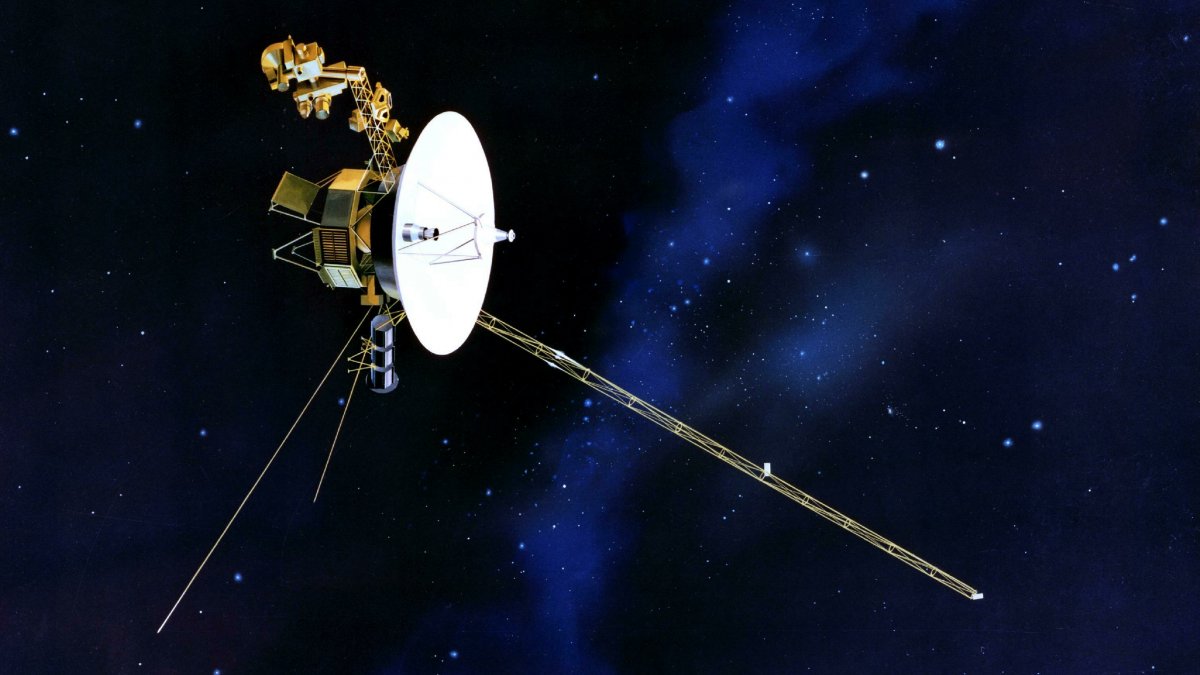After nearly four months, the Voyager 1 space probe began a few days ago to stop sending only unwanted data to Earth. NASA has now announced this and explained that the changed answers were received after a “push”. The probe, which is farthest from Earth, was “gently” asked to process the data differently before sending it. After that, it was only noticed that the data received was different from that of previous months, but still incorrectly formatted. Only an engineer on the Deep Space Network – where the data arrives – discovered that the entire memory of the faulty computer had been read. It will now be analyzed.
advertisement
The importance of data is overlooked first
Data received According to a NASA blog post On March 3rd, just one week later it was discovered what it was. The memory image is now compared to the older image that was received before the problem occurred. Based on the detected differences, the cause of the error will be searched. As the responsible team explains, the memory of the Flight Data Subsystem (FDS) contains not only its own code, but also variables that can change depending on the received commands. Scientific and technical data from the probe will also be stored there before being sent back to Earth. Somewhere in there must be the reason why Voyager 1 has been sending out meaningless data for months.
NASA announced in December that one of the three computers aboard Voyager 1 had been sending unwanted data since November. The Department of Defense and Security is responsible, among other things, for collecting data from scientific instruments and assembling them with technical information into packages that are transmitted to Earth. This no longer works and since the problems started, only a carrier signal has reached Earth confirming that the probe is active. There are no indications of other errors. It was also confirmed that the probe receives orders from Earth. On 1 March, the Department of Defense and Security was asked to “try out different sequences in its software package”. Then the new signal was received.
After hearing increasingly skeptical words about the probe's fate from Voyager 1 officials in recent weeks and months, the new signal now gives reason for hope. But developing a possible solution on this basis and then implementing it will take time. Unlike newer probes, there are no simulators on Earth for this ancient model, and the team must find and sift through decades-old paper instructions. Many of the people who developed and built the device have long since retired or died. The work is made more difficult by the enormous distance traveled by the probe: signals there take more than 22 hours, and the response takes the same time to reach Earth.
Voyager 1 and its sister probe Voyager 2 were launched in 1977 and were able to take advantage of a rare constellation on their journey in which the four largest planets in the solar system came particularly close to each other. Both visited Jupiter and gained momentum from it to Saturn, where their paths diverged: Voyager 1 launched from the level of the solar system, and Voyager 2 set a course for Uranus and Neptune. Originally only a four-year mission was planned; They have now been on the road for 46 years and are still active. The Voyager program is one of NASA's greatest successes. More recently, the Voyager twins reached interstellar space – since there were a lot of failures in space probes at the time, there were two of each that mattered.
(meh)

“Tv expert. Hardcore creator. Extreme music fan. Lifelong twitter geek. Certified travel enthusiast. Baconaholic. Pop culture nerd. Reader. Freelance student.”






More Stories
Mysterious methane on Mars: NASA has a new theory
Mysterious methane on Mars: NASA has a new theory
Exoplanet WASP-43b: Clouds of liquid rock, but surprisingly methane-free